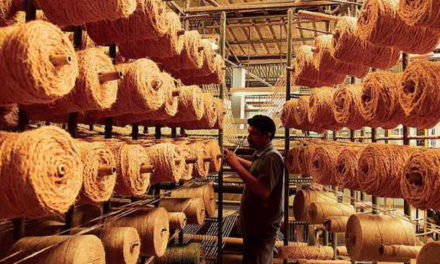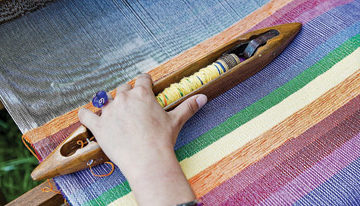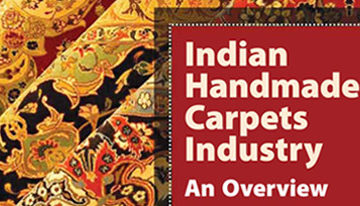
The ZDHC Foundation, which is working towards the zero discharge of hazardous chemicals throughout the industry, has updated its wastewater guidelines. The ZDHC Wastewater Guidelines Version 2.0 now brings together requirements for the textile, leather and footwear industry for industrial wastewater and sludge into one document. As well as combining the previously separate textile and leather wastewater guidelines, the updated guidelines introduce a streamlined approach to sampling and testing for direct, indirect and zero liquid discharge.
The changes also incorporate the latest ZDHC MRSL limits along with the introduction of a candidate list of restricted substances and guidance on appropriate sludge disposal pathways. Conventional parameters such as pH, temperature, and biological oxygen demand, have traditionally been used to describe and regulate wastewater quality, and the ZDHC has reviewed these parameters and added new criteria for the bacterium E.coli, total dissolved solids (TDS), and sulphates.
The ZDHC Wastewater Council, a new body made up of independent experts from the textile industry, academia, and water treatment industry, was set up to oversee the update to the guidelines.
ZDHC Wastewater Council chair Phil Patterson – also Ecotextile News textiles chemicals expert – said: “Since the publication of the first ZDHC Wastewater Guidelines, the ZDHC Roadmap to Zero Programme has evolved to become much more of a holistic chemical management programme and this update is an important pillar in that approach.
“It is closely aligned with the chemical input management process and the testing advice is much more streamlined, to enable facilities and brands to demonstrate conformance and rectify issues more easily.”
Another council member Tim Maloney, principal technologist at Startup and Operations Services, added: “As a wastewater professional of 40-plus years it was a pleasure and honour to be a member of the ZDHC Wastewater Council.
“I was very impressed with the knowledge, experience, and engagement of the council members. The council not only represented the spectrum of the industry, it included some of the keystone people that lead our path forward.” In addition to the council, the ZDHC also held public consultation to provide all stakeholders with a forum for feedback on the proposed updates.
Liesl Truscott, Corporate benchmarking Director at Textile Exchange, commented: “Pollution poses a direct threat to biodiversity in terrestrial, freshwater, and coastal ecosystems. “Support from the ZDHC in addressing wastewater from textile processing, will not only play a significant role in helping our industry connect the biodiversity risks but also provide practical guidelines on positive action.”
The guidelines, including supporting documents, are available at roadmaptozero.com.








